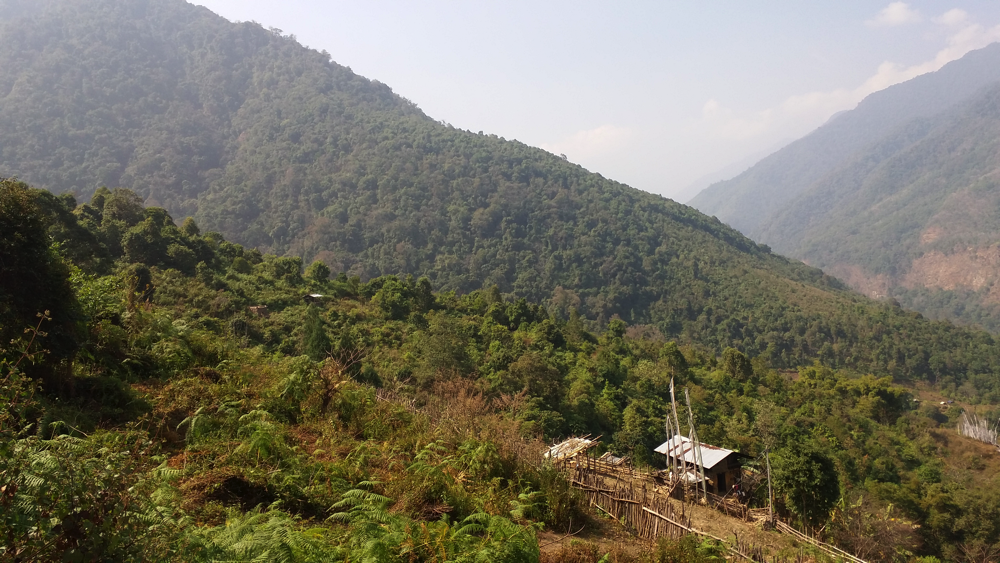Wildlife Bhutan
Environmental DNA (eDNA) analyses to support wildlife species conservation in Bhutan
In Bhutan, the livestock products and agricultural crops are the main source of income for local communities, but this livelihood has been affected by wild animal attacks and depredation over last few decades. Because of limited productive surfaces, the interface between the wildlife and agriculture is even tighter, and the topographic complexity of the terrains renders wildlife monitoring difficult. To maintain the unaltered socio-cultural integrity of local communities, it is important to have better information about the risk to design societal action for minimizing the conflict between human and wildlife.
Biodiversity monitoring coupling with spatial modelling can support the design of guidelines for management and especially conflict avoidance. Through research and application, it has been demonstrated that occupancy models can be used for designing spatial planning and conservation actions, which leads to better manage the ecosystems. However, designing spatial occupancy models for management plans require many occurrence data, which can be difficult to collect in rugged mountain terrains (eg. Bhutan).
Fortunately, the emergence of new biomonitoring technologies such as eDNA analyses allows the scientific community to rapidly generate species inventories and have been suggested as effective environmental monitoring tools, with higher detection capabilities and better cost-effectiveness than traditional methods. In this research project, I will use CRISPR-Cas analyses to detect eDNA of emblematic mammalian species from the water samples to boost detection, and identify the moments and the place when the livestock is most at risk from attacks as well as the crop-raiding. Hence the project will serve to open new opportunities in the planning of socially, culturally, or technically innovative projects fostering strategies for the conservation of wildlife species, its detection, and management and planning for mitigating Human-wildlife conflict.

